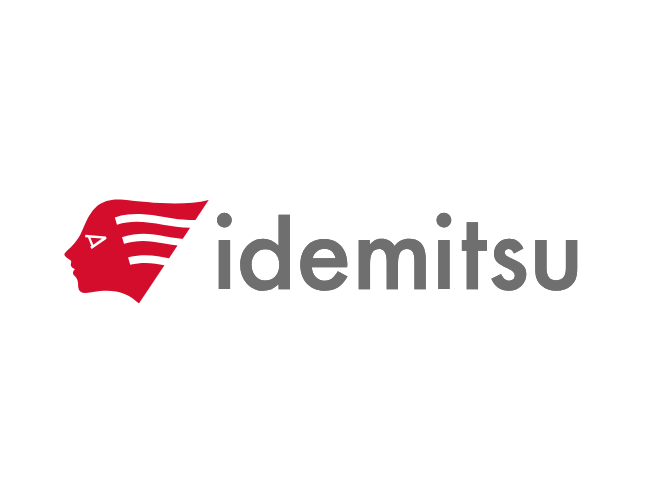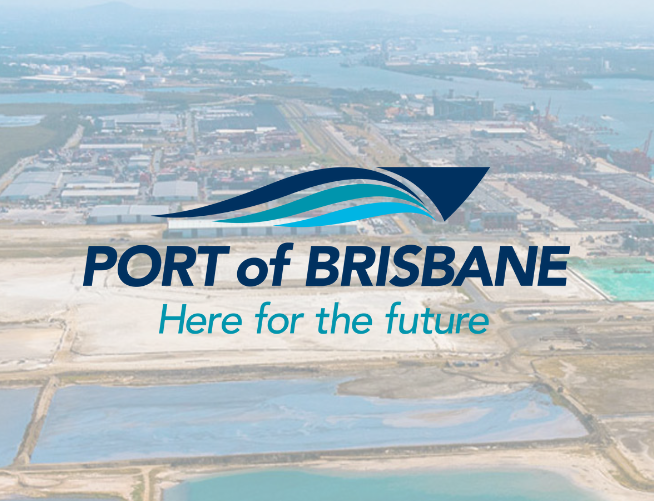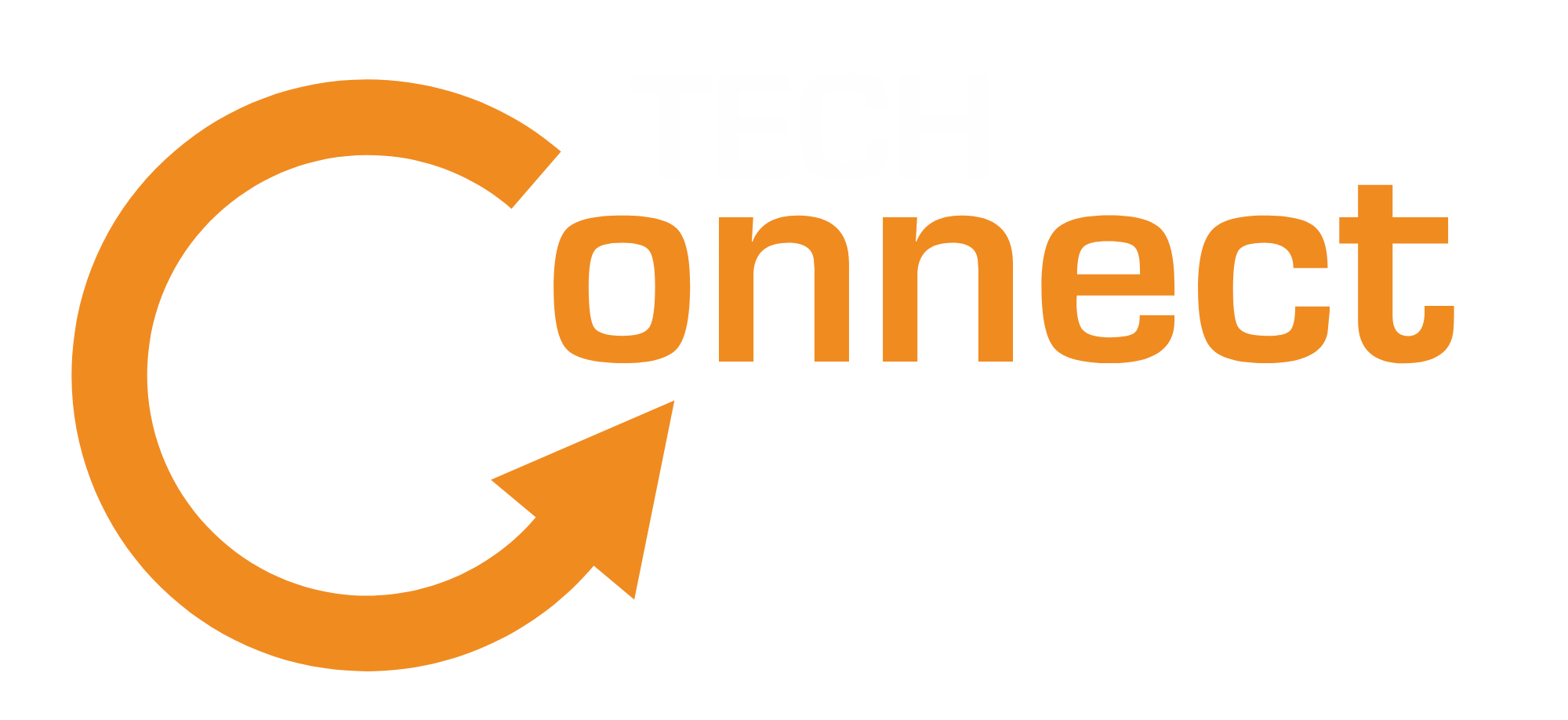All
Gaming
Healthcare
Mining
Retail

February 3, 2025
Last updated on 3 June 2025
Streamlining Operations: Idemitsu Australia’s Journey to Efficient Data Management
Customer Stories

November 26, 2024
Last updated on 3 June 2025
A Modern IT Support Service for a Modern Workplace
Customer Stories

August 27, 2024
Last updated on 3 June 2025
A Service Desk for the Red Bull APMEA Region
Customer Stories

November 7, 2023
Last updated on 3 June 2025
Unlocking Player Performance Insights
Customer Stories

August 7, 2023
Last updated on 3 June 2025
Environmental, Social and Governance (ESG) Rating Reporting
Customer Stories

July 30, 2023
Last updated on 3 June 2025
Smart Chat Bot | “Ask Morty”
Customer Stories

May 25, 2023
Last updated on 3 June 2025
General Data Protection Regulation (GDPR)
Customer Stories

May 7, 2023
Last updated on 3 June 2025
Integrated-Portfolio-Solutions-AWS-Babelfish-for-Aurora
Customer Stories

March 1, 2023
Last updated on 3 June 2025
Amazon Connect
Customer Stories

November 30, 2022
Last updated on 3 June 2025
Security and Malware Assessment
Customer Stories

September 7, 2022
Last updated on 16 June 2025
Customer Centric Reporting
Customer Stories

August 31, 2022
Last updated on 3 June 2025
Increasing Efficiencies and Output through Data Prediction
Customer Stories

August 31, 2022
Last updated on 3 June 2025
Automated Genomics Cloud Solution
Customer Stories

April 13, 2022
Last updated on 3 June 2025
Managing Data Storage in Disconnected Environments
Customer Stories

March 16, 2022
Last updated on 16 June 2025
Gaining Insights to Data Across Systems
Customer Stories

January 25, 2022
Last updated on 16 June 2025
Migrating Data Into Systems
Customer Stories

December 14, 2021
Last updated on 3 June 2025
Microgaming
Customer Stories

November 15, 2021
Last updated on 3 June 2025
Loading Equipment Fleet Monitoring
Customer Stories

November 15, 2021
Last updated on 3 June 2025
Velocity Frequent Flyer – Customer Insights
Customer Stories

November 15, 2021
Last updated on 3 June 2025
Predictive Medicine Data Platform
Customer Stories

November 14, 2021
Last updated on 3 June 2025
Metallurgy: Creating a Trend with Automated Reporting
Customer Stories

November 13, 2021
Last updated on 3 June 2025
Enhanced Security through Cloud Adoption
Customer Stories

November 11, 2021
Last updated on 3 June 2025
Cloud Security Guidance
Customer Stories

November 10, 2021
Last updated on 16 June 2025
Big Data Analytics
Customer Stories

November 9, 2021
Last updated on 16 June 2025
Stope Reconciliation
Customer Stories

November 7, 2021
Last updated on 3 June 2025
Digital Mine Operating System (MOS)
Customer Stories

November 5, 2021
Last updated on 3 June 2025
Mining Operator Variability
Customer Stories








